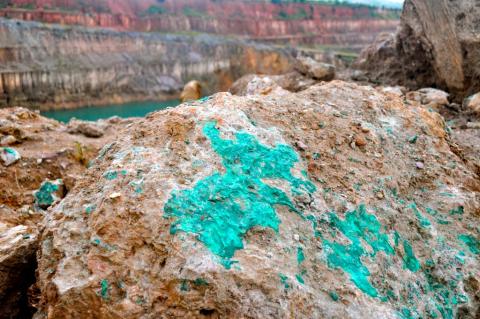
Tanzania EITI blames poor contracts from the 1990s for low tax revenue from gold mining.
Tanzania EITI (Extractive Industries Transparency Initiative) is the national branch of the global standard promoting openness about revenues from natural resources.
The country’s third EITI Report published last week revealed that the government’s revenue from gas and mining was US $330 million in 2010/11, up 19% from the previous year.
The report notes that the majority of the revenue comes in the form of royalties and taxes on workers’ wages.
Whilst revenues from corporation tax doubled from 2009/10 to 15% of the total revenue, this came in from just one of the six large-scale gold mining companies (Resolute), one gas company (Pan African Energy Tanzania Ltd), and the rest from three cement companies.
TEITI Chair and Justice Mark Bomani, expressed concern about the low tax receipts and referred to the Mining Development Agreements (MDAs) established between the government and the gold companies in the 1990s when the gold price was at a low US $208 per ounce.
“The MDAs mean that Tanzania benefits little from its abundant resources.”
The report details the tax situation of each of the major companies noting companies are allowed to deduct accumulated losses from their profits, explaining why so few pay tax.
According to Juvinal Betambira from BDO East Africa who put together the report only Williamson Diamond and TanzaniteOne are still making losses.
“The rest are making profits and except Resolute they do not pay corporate tax because the MDA they signed with the government years ago requires them to deduct from their profits the losses they have accumulated until the losses are written off,” Mr Betambira said to the Tanzanian newspaper The Citizen.
The Minister of Energy and Mines, Prof Sospeter Muhongo said “I hope that the findings of the third TEITI Report will stir up constructive discussions on the revenues accrued from extractive industries. This report and the previous ones are testimony to the Government’s decision to subscribe to the current global initiative on trade, tax and transparency in extractive industries”.
The report and data from the Tanzanian Mineral Audit Authority suggests that corporation taxes rose dramatically in 2012 when mines operated by the AngloGold Ashanti and Barrick Mines started becoming liable.
Tanzania’s 2011/12 EITI Report is expected to be published in the first quarter of 2014.
Openness about mining licenses
For the first time, Tanzania‘s EITI Report was linked to the cadastre, which is a register of all the mining licenses. The report contains a brief description of all the major mines, production data, export volumes and sales.
The report outlines the destination of Tanzanian gold exports which made up 90% of the country’s mineral exports. Over 40% went to the Rand refinery in South Africa, with another third going to the Argos-Heraeus in Switzerland.
Gold made up more than half the revenue from the extractives with gas rising to nearly a quarter. Cement accounted for a further quarter, with diamonds, tanzanite and uranium making the small remaining revenue.
Tax revenues as a percentage of gold export receipts in 2010/11 was 10%, up from 6% a year earlier.
Связанные материалы



